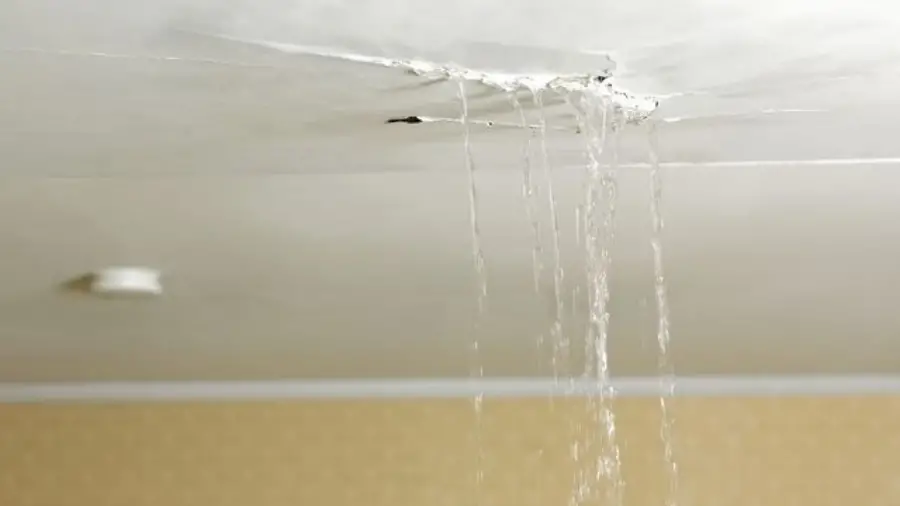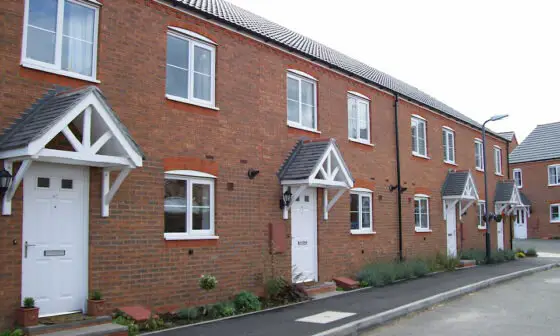
A leaky roof is every homeowner’s worst nightmare. The moment you spot a water stain on your ceiling or hear that dreaded drip during a rainstorm, you know you’re in for potential damage and costly repairs.
However, with regular maintenance and some proactive measures, you can prevent roof leaks and ensure your home stays dry and secure for years to come.
In this comprehensive blog post, we’ll explore each of the ten essential tips in detail to help you maintain a leak-free roof and protect your investment.
1. Regular Inspections
Regular roof inspections are the cornerstone of roof maintenance. By scheduling inspections at least twice a year, typically in the spring and fall, you can identify and address potential issues before they escalate into major problems. Here’s a breakdown of what to look for during these inspections:
- Shingle Damage: Examine your shingles for signs of damage, such as cracks, curling, or missing pieces. Damaged shingles are one of the most common causes of roof leaks.
- Flashing: Check the flashing around chimneys, vents, and skylights for signs of wear and tear. Damaged or deteriorated flashing can allow water to seep through the roof.
- Visible Cracks or Holes: Inspect your roof for any visible gaps, cracks, or holes. Even small openings can lead to significant leaks over time.
- Interior Inspection: Don’t forget to inspect your attic or the space below your roof for signs of water damage, such as water stains or mold growth.
2. Clear Debris
Leaves, branches, and other debris on your roof and in your gutters can cause serious problems if left unattended. Clogged gutters can lead to water backup, which can ultimately result in roof leaks.
Therefore, it’s crucial to clear debris from your roof and gutters regularly, especially during the fall when leaves are falling in abundance.
3. Proper Ventilation
Proper attic ventilation is essential to maintain the integrity of your roof and prevent leaks. Adequate ventilation helps regulate temperature and moisture, reducing the risk of condensation and mold growth. Ensure that your attic is well-ventilated to promote air circulation.
4. Flashing Inspection
Flashing is the material used to seal gaps and joints on your roof. It’s crucial to inspect the flashing around chimneys, vents, and skylights regularly. Flashing can deteriorate over time due to exposure to the elements, and damaged flashing can allow water to infiltrate your roof.
5. Trim Overhanging Trees
Overhanging branches from nearby trees can cause a myriad of problems for your roof. Not only can they damage shingles, but they also provide easy access for critters, such as squirrels, to your roof space. Trim branches that hang over your roof to prevent both physical damage and unwanted guests.
6. Seal Gaps and Cracks
Even the most well-maintained roofs can develop gaps, cracks, or holes over time. These vulnerabilities can be entry points for water, leading to leaks. Use roofing cement or silicone caulk to seal any gaps or cracks you discover during your inspections.
7. Upgrade Insulation
Proper insulation in your attic plays a significant role in preventing roof leaks, especially during the winter months. Without adequate insulation, warm air from your home can escape into the attic, causing snow on the roof to melt and then refreeze at the eaves, creating ice dams.
These ice dams can force water under shingles and into your home. Make sure your attic is adequately insulated to prevent this issue.
8. Quality Roofing Materials
Investing in high-quality roofing materials can make a world of difference in preventing roof leaks. Durable and long-lasting materials, such as Rubber Roofing Direct products, provide superior weather resistance and overall performance.
When it’s time to replace or repair your roof, consider using top-notch materials to enhance your roof’s durability and longevity.
9. Professional Maintenance
While some DIY maintenance tasks are certainly doable, it’s wise to hire a professional roofing contractor for regular maintenance.
These experts have the knowledge and experience to identify and address potential issues before they become major problems. A professional can also provide guidance on the best maintenance practices for your specific roofing material.
10. Storm Preparedness
When severe weather is on the horizon, take proactive steps to protect your roof and home. Secure loose items around your yard, as strong winds can turn them into projectiles that could damage your roof. Consider installing impact-resistant shingles if you live in an area prone to hail or severe storms.
A leaky roof can lead to a host of problems, from water damage to mold growth. However, by following these ten essential tips for roof maintenance and considering reliable products like Rubber Roofing Direct, you can safeguard your home and enjoy peace of mind knowing that your roof is in excellent condition.
Prevention is key, so take action now to prevent costly roof leaks in the future. A well-maintained roof is not just an investment in your home’s value; it’s also an investment in your peace of mind.



